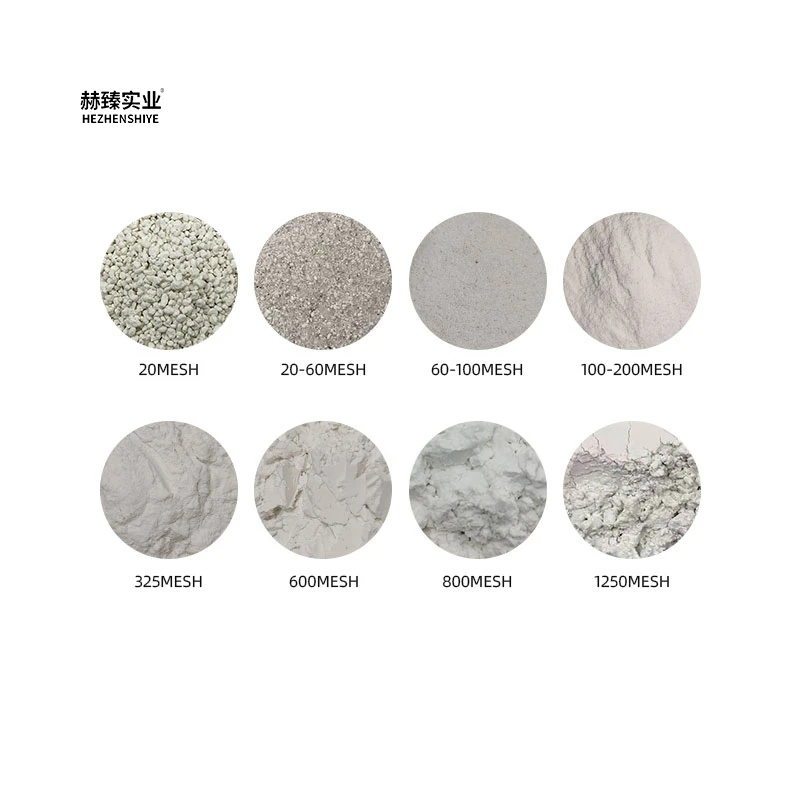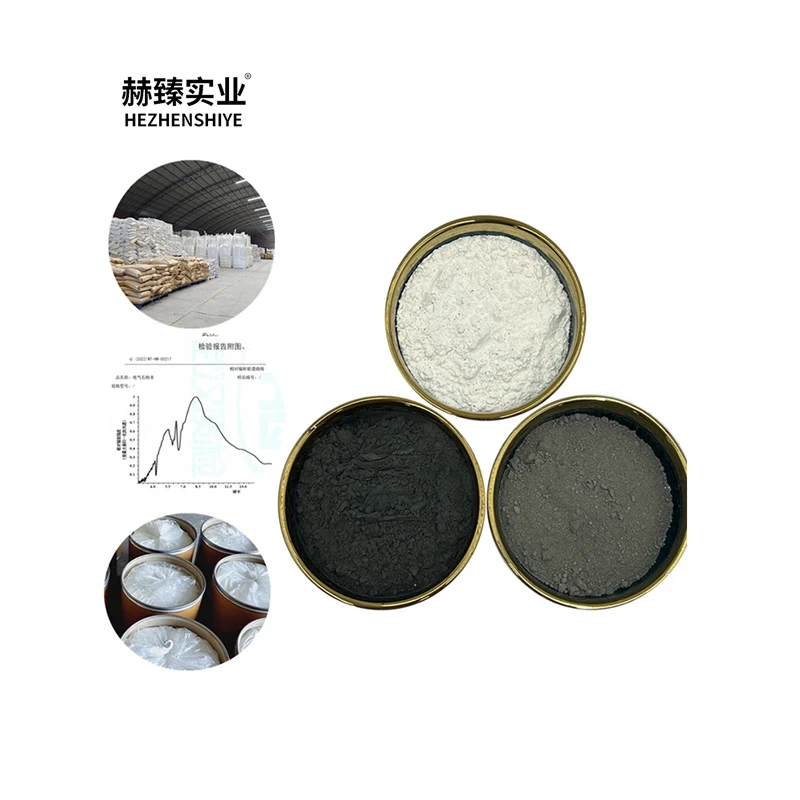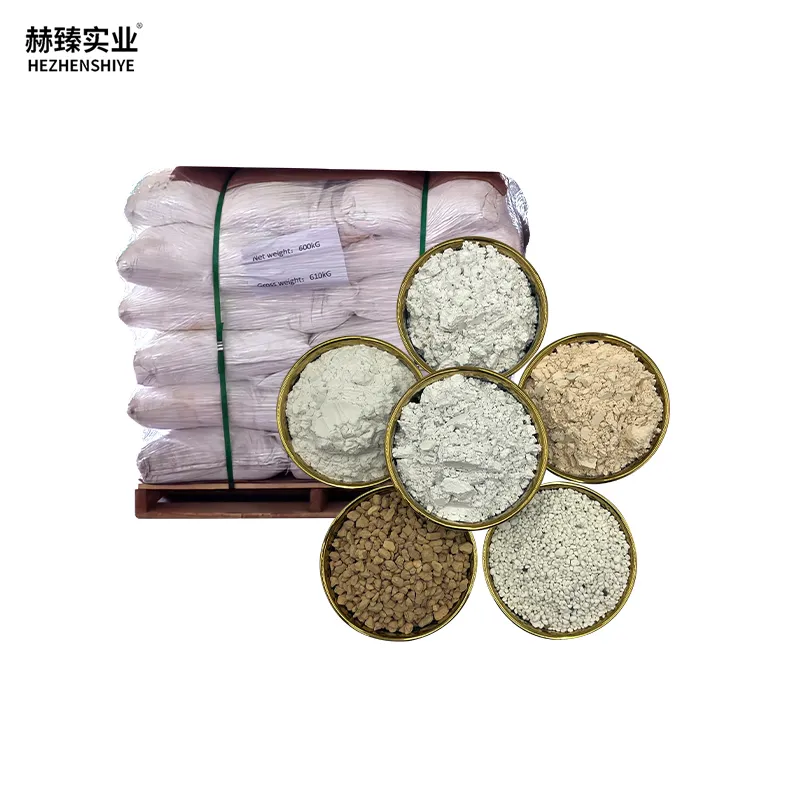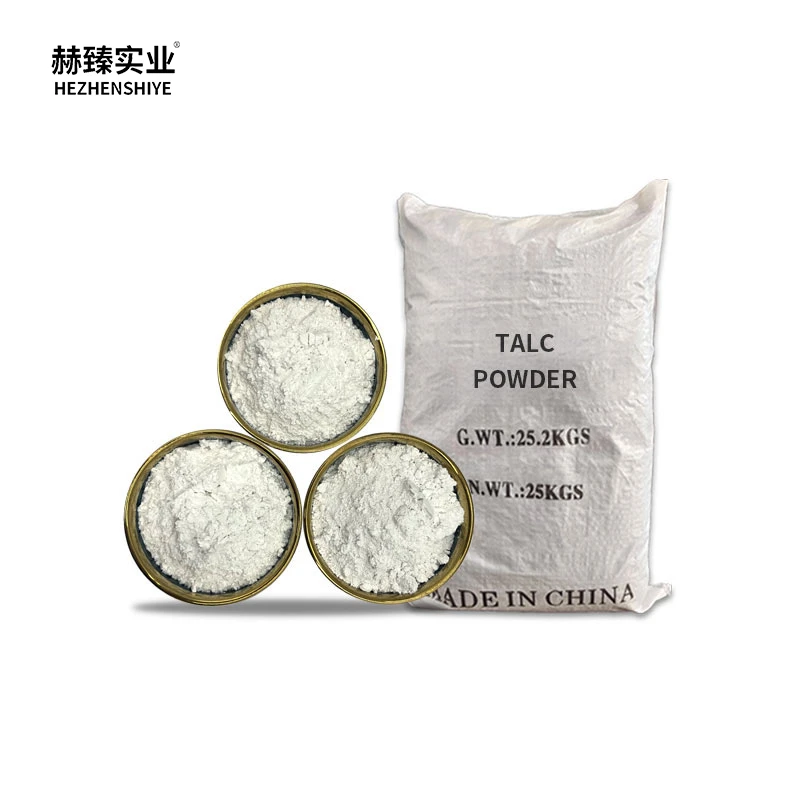Mattone di sale is a distinctive natural material sourced from high-quality pure salt deposits, most notably Himalayan salt beds, which give it a striking range of hues from soft pink to deep orange. This unique appearance, combined with its inherent mineral properties—including traces of calcium, magnesium, and potassium—makes Salt Brick a sought-after choice across decorative, functional, and wellness applications. Unlike synthetic building or decorative materials, Salt Brick is non-toxic, biodegradable, and offers natural air-purifying benefits by releasing negative ions when exposed to moisture, which helps reduce airborne pollutants and allergens. In residential spaces, Salt Brick is often used to create accent walls, fireplaces, or even entire “salt rooms,” where its warm tones and air-cleansing abilities foster a calming atmosphere. Commercial settings, such as spas, yoga studios, and wellness centers, also utilize Salt Brick to enhance the sensory experience of guests, as the ions it emits are believed to support respiratory health and mental relaxation. Beyond interior design, Salt Brick finds use in outdoor landscaping, serving as durable, weather-resistant components for garden borders, pathways, or small decorative structures that add a touch of natural elegance to outdoor spaces.
Salt Plate, a flat, slab-like variant of natural salt, is primarily valued for its culinary and therapeutic applications, leveraging the mineral-rich composition of salt to elevate both food preparation and wellness routines
In cooking, Salt Plate is ideal for grilling, searing, or chilling foods—when heated, it imparts a subtle, evenly distributed salty flavor to meats, seafood, and vegetables without the need for additional salt, enhancing the natural taste of ingredients. It can also be chilled and used as a serving platter for sushi, cheese, or fresh fruit, keeping foods cool while adding a unique visual appeal to the dining experience. Therapeutically, Salt Plate is used in hot stone massage therapies, where heated plates are applied to the body to relieve muscle tension and promote circulation; the minerals in the salt are thought to be absorbed through the skin, offering additional wellness benefits. Made from the same pure salt deposits as Salt Brick, Salt Plate retains its structural integrity even when exposed to high or low temperatures, making it a durable tool for both culinary enthusiasts and wellness practitioners.
Salt Sheet, a thin, flexible form of natural salt, stands out for its adaptability in applications where space or weight is a consideration, bridging the gap between the solidity of Salt Brick and the versatility of lighter materials
In interior design, Salt Sheet is often used as a decorative covering for walls, ceilings, or furniture surfaces, providing the same warm, mineral-rich aesthetic as Salt Brick but with easier installation in tight or irregular spaces. Its thin profile also makes it suitable for backlighting—when paired with LED lights, Salt Sheet glows softly, highlighting its natural color variations and creating a serene, ambient glow in bedrooms, living rooms, or commercial lobbies. In wellness settings, Salt Sheet is sometimes cut into smaller pieces and used in aromatherapy or meditation spaces, where its ion-releasing properties complement essential oils or mindfulness practices. Additionally, Salt Sheet is utilized in certain industrial applications, such as non-toxic packaging or temporary moisture absorbers, thanks to its natural ability to attract and retain water molecules.
Salt Block, a dense, solid chunk of natural salt, shares similarities with Salt Brick but is typically smaller in size and designed for more targeted uses, ranging from culinary to agricultural applications
In cooking, Salt Block functions similarly to Salt Plate but is often used for smaller-scale preparations, such as seasoning individual portions of food or infusing flavor into liquids like soups, broths, or cocktails. Its compact size makes it easy to store and handle, appealing to home cooks and professional chefs alike. In agriculture and animal care, Salt Block (also known as a “salt lick”) is a vital resource for livestock, providing essential minerals that support healthy growth and digestion in cows, horses, and sheep. These blocks are weather-resistant, ensuring they remain intact even when placed outdoors in pastures or barns. Beyond these uses, Salt Block is employed in wellness practices like foot soaks, where a small block is dissolved in warm water to create a mineral-rich bath that soothes tired feet and softens skin.
Block Salt, a compressed or molded form of salt, differs from natural Salt Block in its manufacturing process but remains a practical and versatile product, particularly in water treatment and household maintenance
Unlike the naturally occurring Salt Brick or Salt Block, Block Salt is created by compressing fine salt crystals into dense blocks, which enhances its solubility and makes it ideal for use in water softeners. In homes with hard water, Block Salt is added to water softening systems, where it helps remove calcium and magnesium ions that cause limescale buildup on pipes, appliances, and fixtures. Its compact, uniform shape ensures easy handling and consistent dosing, reducing waste and simplifying maintenance. Block Salt is also used in commercial settings, such as laundromats or hotels, to maintain water quality for laundry and cleaning purposes. Additionally, it finds use in winter maintenance, where smaller Block Salt pieces are spread on walkways or driveways to melt ice, as the salt lowers the freezing point of water and prevents slippery surfaces.
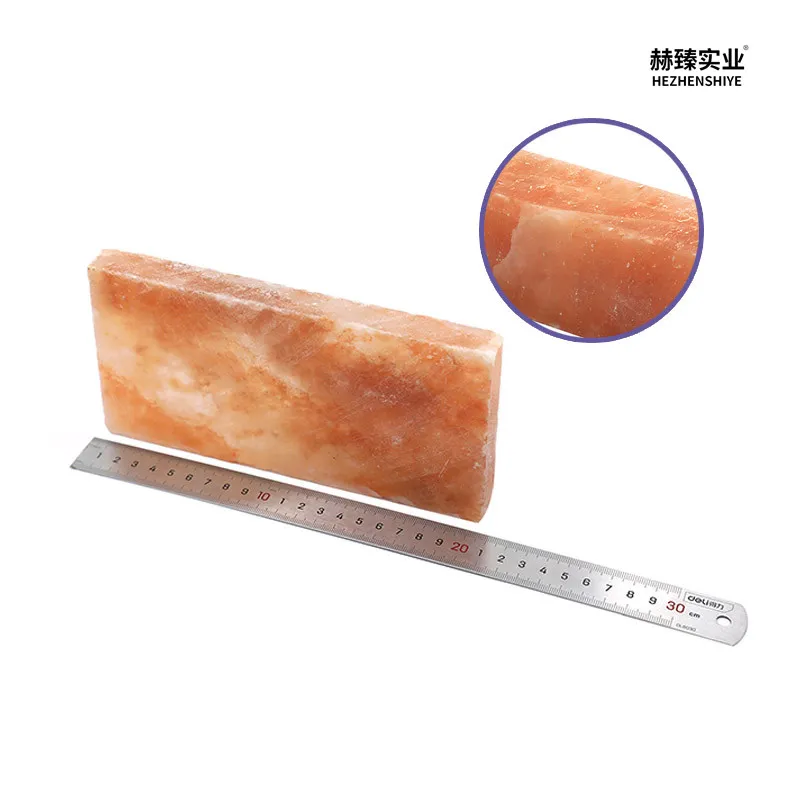
In summary, Salt Brick and its related counterparts—Salt Plate, Salt Sheet, Salt Block, and Block Salt—showcase the remarkable versatility of natural salt as a material, adapting to diverse needs across design, culinary, wellness, agricultural, and household applications. Salt Brick serves as the foundational, multi-purpose option, excelling in large-scale decorative and wellness projects; Salt Plate and Salt Block cater to targeted culinary and therapeutic uses; Salt Sheet offers flexibility for space-constrained design tasks; and Block Salt provides practical solutions for water treatment and maintenance. Each product leverages the inherent properties of natural salt—mineral richness, durability, and eco-friendliness—to address unique challenges, from enhancing dining experiences to improving air and water quality. As consumers and industries continue to prioritize natural, sustainable materials, these salt-based products will remain valuable, solidifying their role as versatile solutions in both everyday life and specialized fields.
Salt Brick FAQs
1. What are the primary applications of salt brick in modern design and wellness spaces?
Salt bricks are extensively utilized in constructing therapeutic salt caves and spa environments due to their innate ability to emit negative ions, which purify air and promote respiratory wellness. These bricks also serve as striking architectural features, creating luminous accent walls, partitions, and even entire rooms that blend aesthetic appeal with holistic health benefits. Their translucency when backlit enhances ambient lighting design, making them popular in high-end residential and commercial projects seeking both functionality and visual drama.
2. How does the mineral composition of salt brick contribute to its health-enhancing properties?
Salt bricks sourced from pristine mineral-rich deposits contain over 80 trace minerals, including magnesium, potassium, and calcium, which are released into the environment through natural hygroscopic processes. This mineral emission creates a microclimate similar to that of natural salt caves, known to support respiratory function, reduce allergens, and elevate overall well-being. The bricks’ ionizing effect further helps neutralize airborne pollutants, making interiors feel fresher and more invigorating.
3. What makes salt brick an environmentally sustainable building material?
Salt bricks are crafted from naturally occurring salt deposits requiring minimal processing, reducing industrial energy consumption. They are fully recyclable and biodegradable, leaving no ecological footprint at the end of their lifecycle. Unlike synthetic materials, salt bricks involve no artificial dyes or chemical additives, leveraging the salt’s inherent structural integrity and color variation derived from geological formation.
4. Can salt brick be used in exterior applications such as landscaping or garden designs?
While primarily recommended for controlled indoor environments due to their solubility in water, salt bricks can be strategically used in covered exterior settings such as sheltered garden walls, protected patio features, or decorative pathways under overhangs. In such applications, proper sealing and protective detailing are essential to prevent erosion from rain or humidity, ensuring longevity while maintaining their aesthetic and functional qualities.
5. What should be considered when installing and maintaining salt brick structures?
Installation requires a stable, moisture-controlled foundation to prevent premature degradation. Avoid direct water exposure and high-humidity areas unless sealed with specialized permeable coatings that preserve ion exchange. Maintenance typically involves gentle dry brushing to remove dust and occasional inspection for surface condensation effects. In therapeutic settings, the bricks’ self-sanitizing properties reduce microbial growth, simplifying upkeep.






